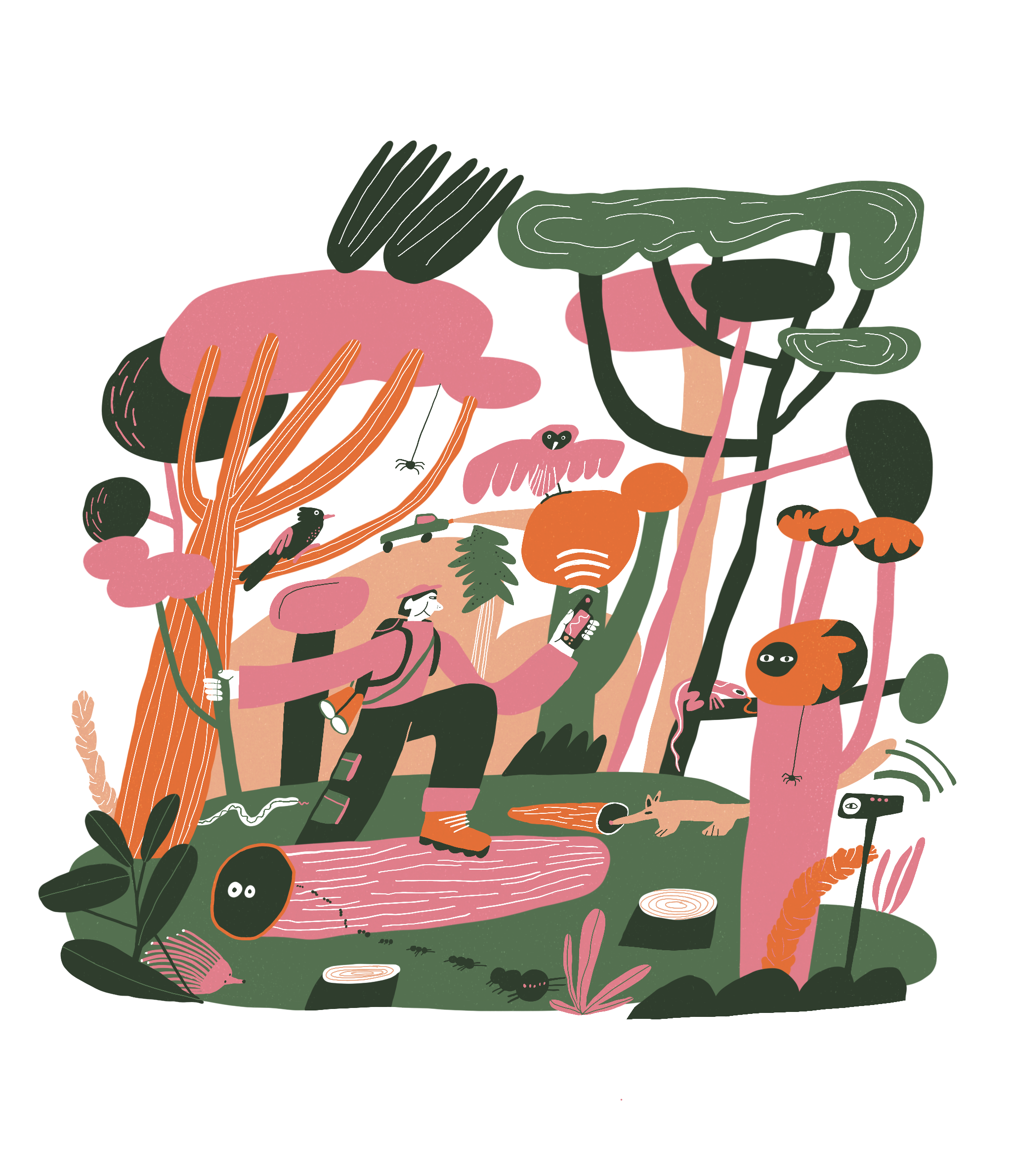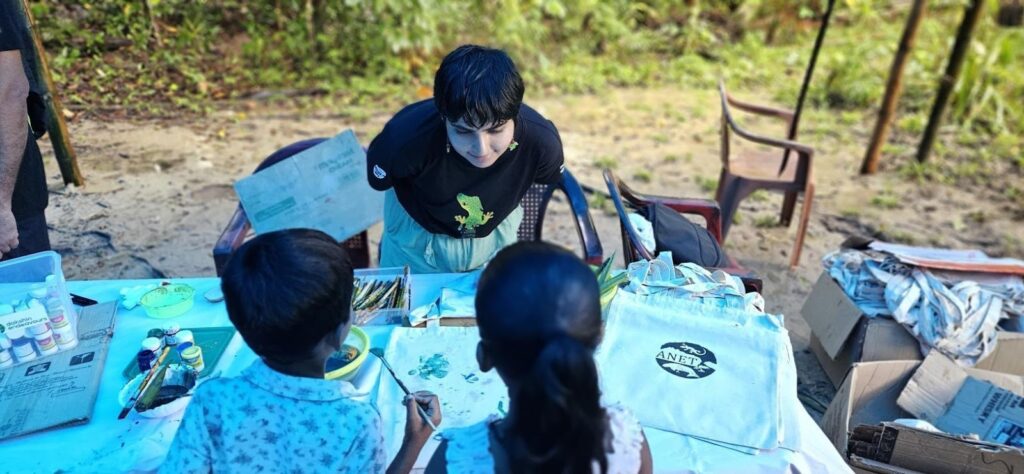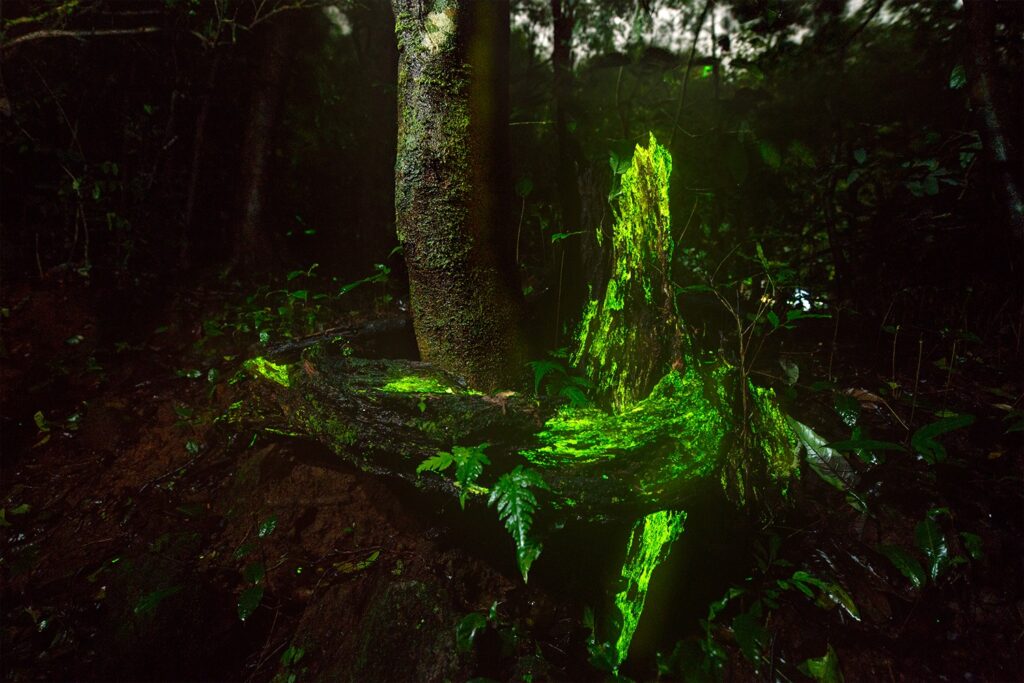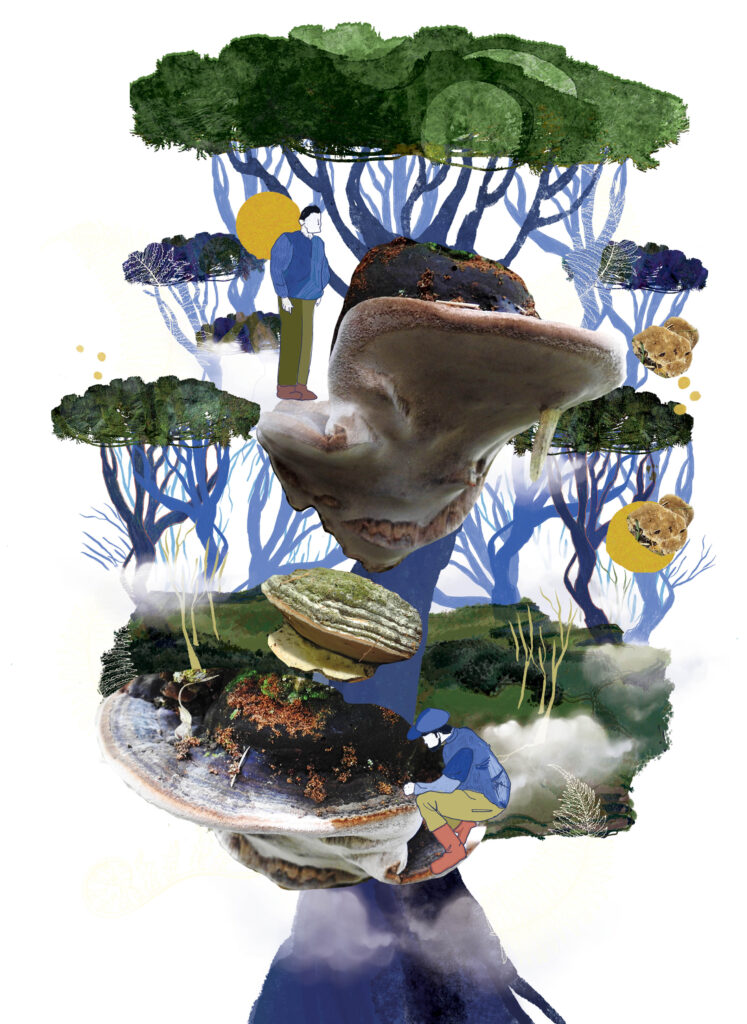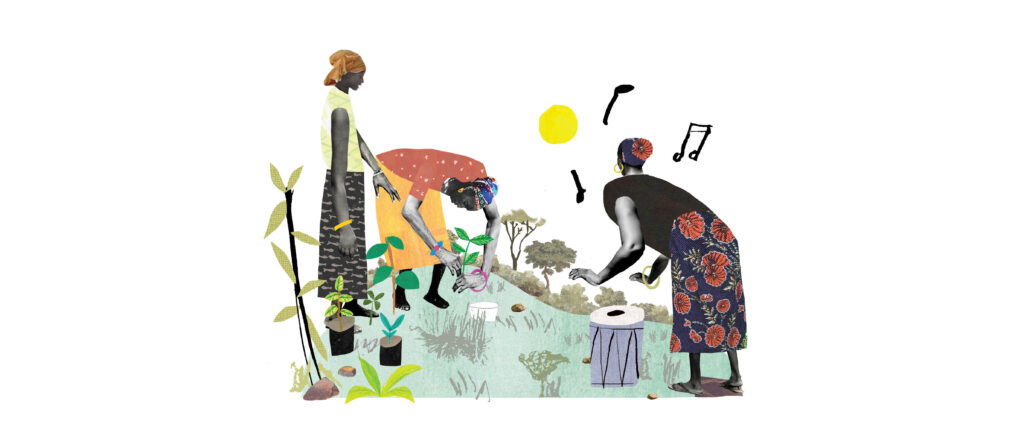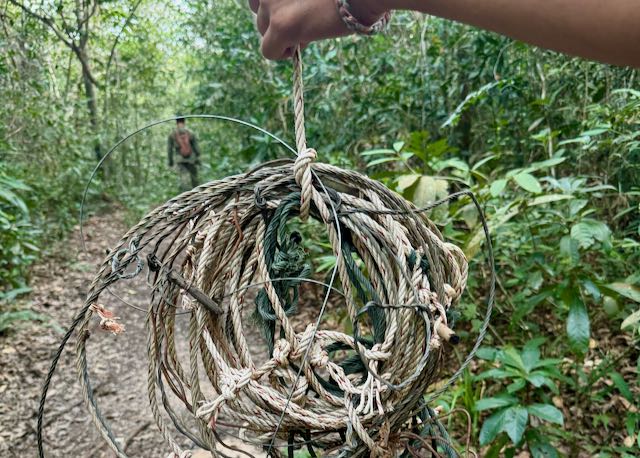It’s 8 AM on a chilly September morning in Boyagin Nature Reserve in Western Australia. I glimpse at my handheld GPS and correct my course as I make my way through the bush, stepping over fallen logs and weaving in and out of the wandoo and marri trees. My device starts beeping, and then I catch sight of what I am looking for—a camera trap, poking up out of the ground like an orchid reaching for the sun. I bend down to open the waterproof casing to change the batteries and record the data on the screen, before arming the camera once again and setting off to find the next one.
I am a zoologist and the vice-president of a conservation organisation called Project Numbat, a charity dedicated to helping save the numbat from extinction. I will forgive you for not knowing what a numbat is. Despite being the mammal emblem for Western Australia, this little critter is not very well known, even in its home state.
Numbats are small carnivorous marsupials, also called dasyurids, with stripes on their backs, a big bushy tail, a long snout, and an even longer tongue. This prominent and unusual body part is around 10–11 cm long, close to a third of the length of an entire numbat. They use this sticky appendage to eat nothing but termites as they scurry from one hollow log to another. While previously widespread across vast ranges of Southern Australia, numbats nowadays are only found in a few small pockets of bushland throughout Western Australia.
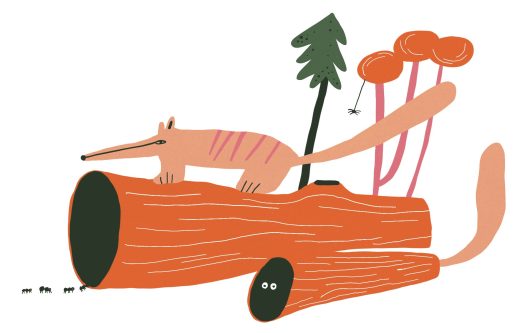
As a consequence, they are classified as an endangered species on the IUCN Red List. The main threats to their survival include deforestation, the increasing severity of bushfires due to climate change, and introduced predators. Foxes and cats frequent these areas of bushland, hunting threatened species. Even though our team is concentrating on surveying the current numbat population, we also inadvertently collect data on other endangered species, and the presence of introduced predators.
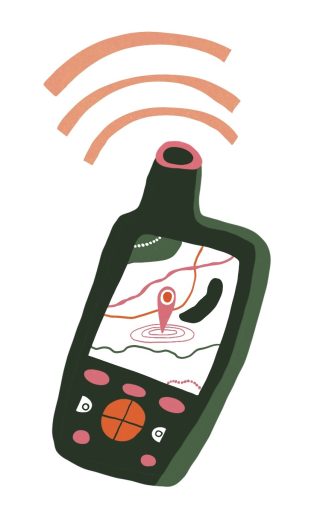
The early morning mist already began to clear as the low-lying sun started to break through the trees. It looked like it was going to be a nice day—hardly any wind and not a cloud in the sky, perfect weather for spotting wildlife. I made it back to the truck with my two other team members. As we drove to the next GPS point, I scrambled around in the bags checking batteries and memory cards. There is nothing more disheartening than trekking through the bush, all the way to your camera, only to find you didn’t bring enough batteries, or had grabbed the wrong memory card.
We were wading through a patch of thick leaf litter listening to the leaves crunch beneath our feet and trying not to make too much noise in the hope of spotting a local inhabitant when all of a sudden, one of our team yelled “Snake!” When someone yells ‘snake’ in Australia, you try to run as fast as possible in the opposite direction until someone else has determined the species, especially when you are ankle-deep in leaf litter. But as zoologists, our curiosity often overrides our sense of survival. It is quite comical to see a group of people both running away and also trying to look for the thing they are running away from. But the snake was long gone.
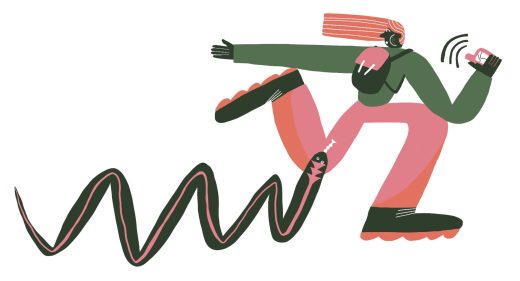
Armed with my clipboard, I recorded the data being read out to me, and while I waited for the rest of the team to finish servicing the camera, I scanned the surrounding bushland hoping to spot that characteristic fluffy tail. I managed to see a kookaburra, a black cockatoo, some echidna digs, a boobook owl, and some cat scat. The domestic predators had been here, and not surprisingly, there were no signs of numbats.
At the next site, we were hopeful we would see a numbat as there were far more fallen logs than elsewhere. These hollow logs are not only the perfect place for numbats to hunt for termites and seek shelter from predators, but also provide a life-saving retreat from raging bushfires, which are a natural part of life in the Australian bush. To limit the likelihood of runaway “hot” fires in important habitats, prescribed or “cold” fires are utilised to burn leaf litter under semi-control-led conditions. Numbats are well adapted to these fires and use hollow logs to shelter from them. Without fallen logs, there would not be numbats here. I bent down to inspect a log only to find small tufts of thick brownish fur stuck in the bark—perhaps further evidence of the presence of invasive predators.
The team continued on when we heard rustling coming from a nearby bush. I edged closer to see what was making the noise but clearly got a little too close as a small brown creature with legs like springs jumped out of the bush, straight towards me! A woylie was not an uncommon sight in this habitat, but it certainly startled us before disappearing over the ridge. We had checked over a dozen cameras by this point and my legs had started to become tired and sluggish. I lifted my foot to step over another branch but the tip of my shoe caught on the fallen tree and sent my body flying over the top. I shot my hands out in front of me but it was too late to stop the fall. My face planted firmly on the ground as I lay in a heap on the floor.
I jumped up quickly, not wanting to become a feast for the bull ants and as I dusted myself off, I noticed a small white skull on the ground. I picked up the skull to examine it. Elongated snout, canine teeth—this was definitely a fox skull. Foxes were introduced to Australia by British colonies in the 1870s for recreational hunting. They were soon well established and are now classed as pests across the mainland. Like cats, foxes hunt small mammals, birds and reptiles, often resulting in the reduction of already threatened species. Only a few offshore islands provide native species with respite from them. This skull was further evidence of the extent of the predator problem in this prime numbat habitat.
I always enjoyed checking the camera at Boyagin Rock, as even though the climb was tough, the view from the top was spectacular. We approached the granite outcrop and tried to find the best route to the top. Loose stones shifted under our feet as we clambered up the steep hill, trying to hold on to our equipment whilst having to grab hold of branches in order to heave ourselves over the rocky mound. We reached a level area and tried to dodge the lichen as we watched ornate crevice dragons bask in the sun. From here you can see across the majority of the nature reserve which includes areas of woodland, shrubland, herbaceous communities, and large areas of farmland. Vast eucalyptus forests were once prevalent in the whole region, but now this key habitat is depleted due to the expansion of agricultural land. The numbats are forced to move through this open and more dangerous landscape.
As I began to record the data from the camera, I noticed that the small patches of mud and lichen in between the rocks were soft and damp. I started to glance over it, looking out for any numbat tracks to photograph. After a minute or so I came across some tracks, but they weren’t from a numbat, they were from a cat. Once we were back to civilisation, we downloaded the photos and compiled the data. The traps revealed an array of wildlife, from possums and kangaroos to woylies and numbats. But they also showed us how many foxes and cats there were in the same habitat. The data was sent to the Department of Biodiversity, Conservation and Attractions, which runs Australia’s most ambitious program to eradicate invasive predators from key habitats—Western Shield.
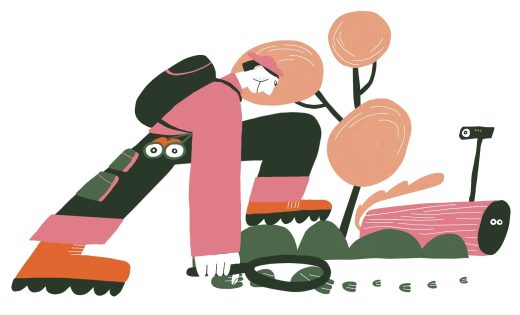
We had parked at a picnic area for the last camera survey, and by then we had resigned ourselves to the fact that we were not going to be seeing any numbats that day. We jumped in the truck and made our way back past the benches and onto the larger dirt track road that led straight out of the reserve. “Oh look at that, a squirrel… no wait! It’s a blooming numbat!” one of our team yelled as the small furry creature darted across the road in front of our truck and into a hole underneath a tree root. We stopped the car and quietly wound down our windows. As we stared at the hole beneath the tree, we realised it was not just one numbat, but a female with two youngsters peeking out from a small hole. It was living evidence that threatened species can bounce back from the brink, given the chance. And this is what gets us out of bed even on those chilly Sunday mornings.
